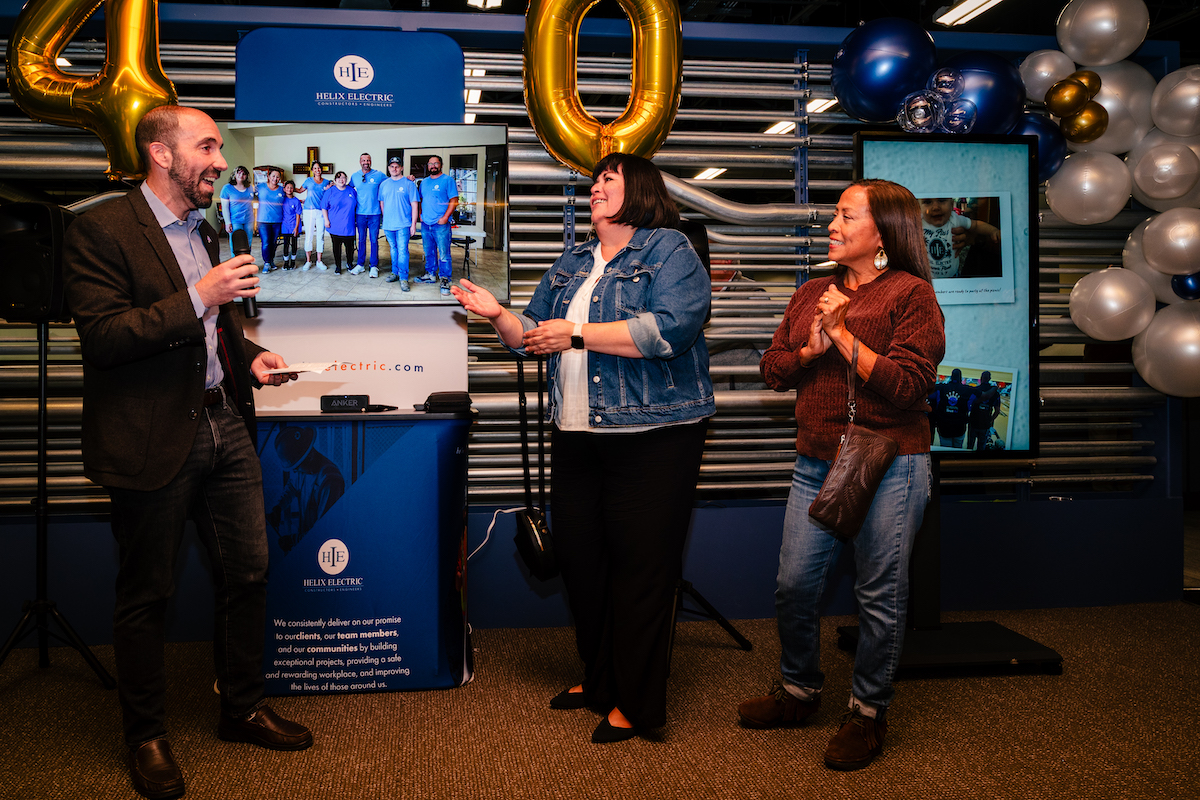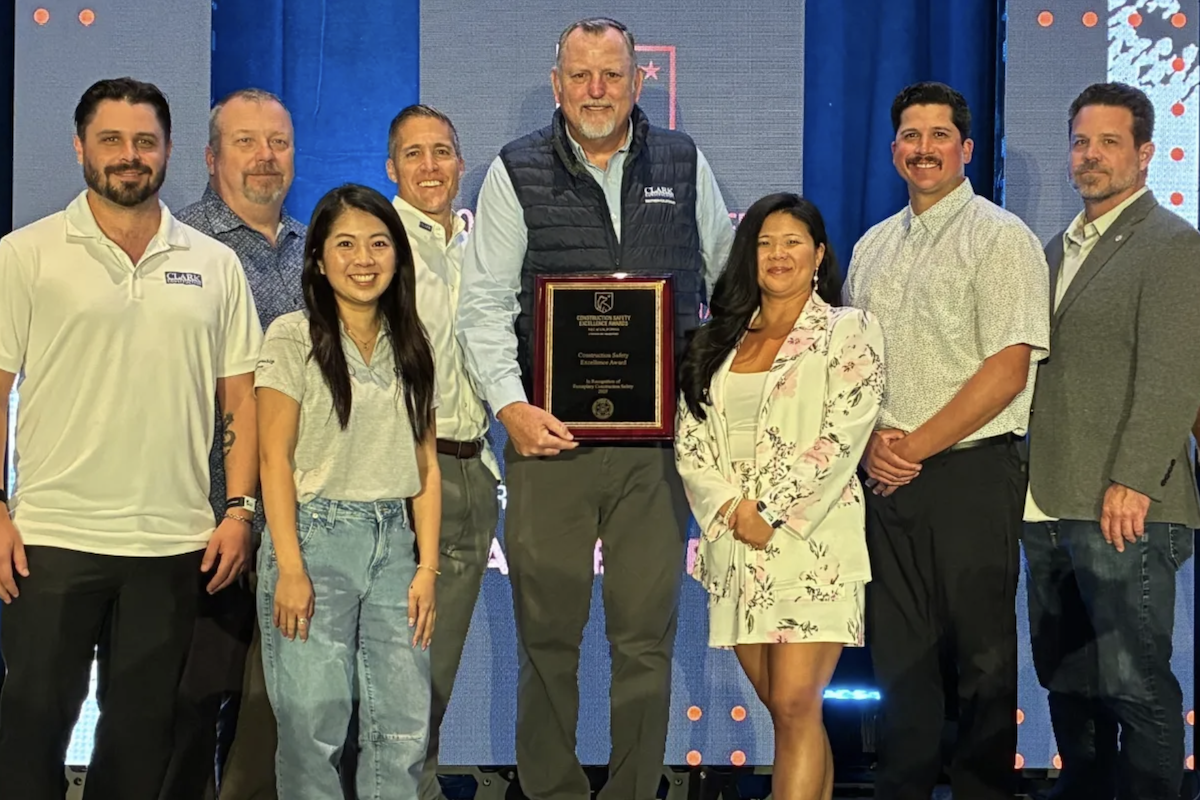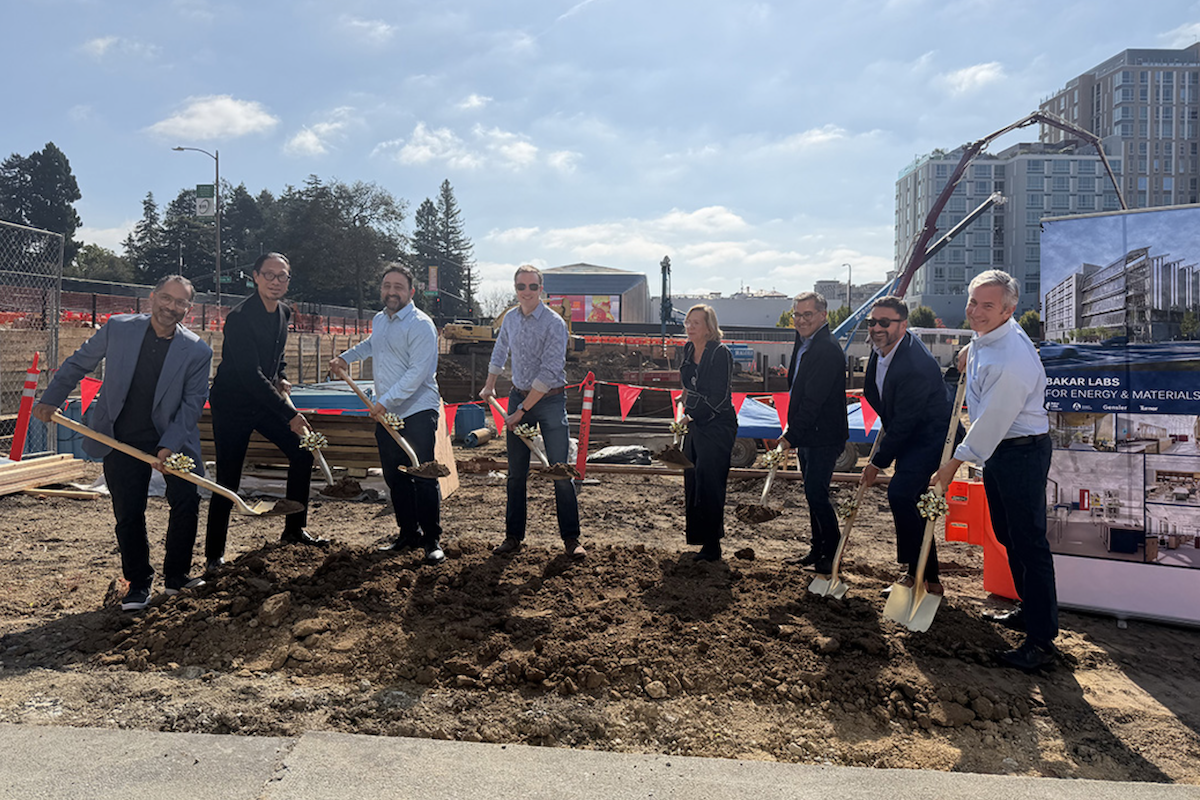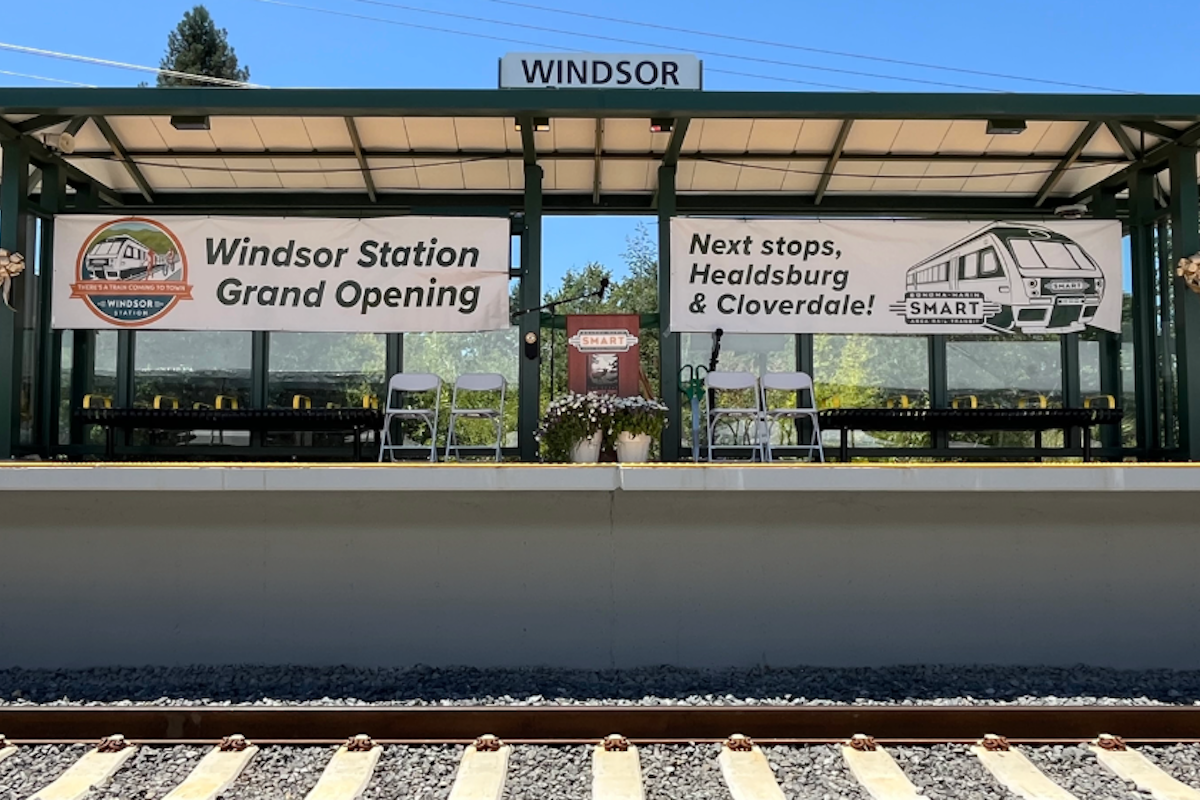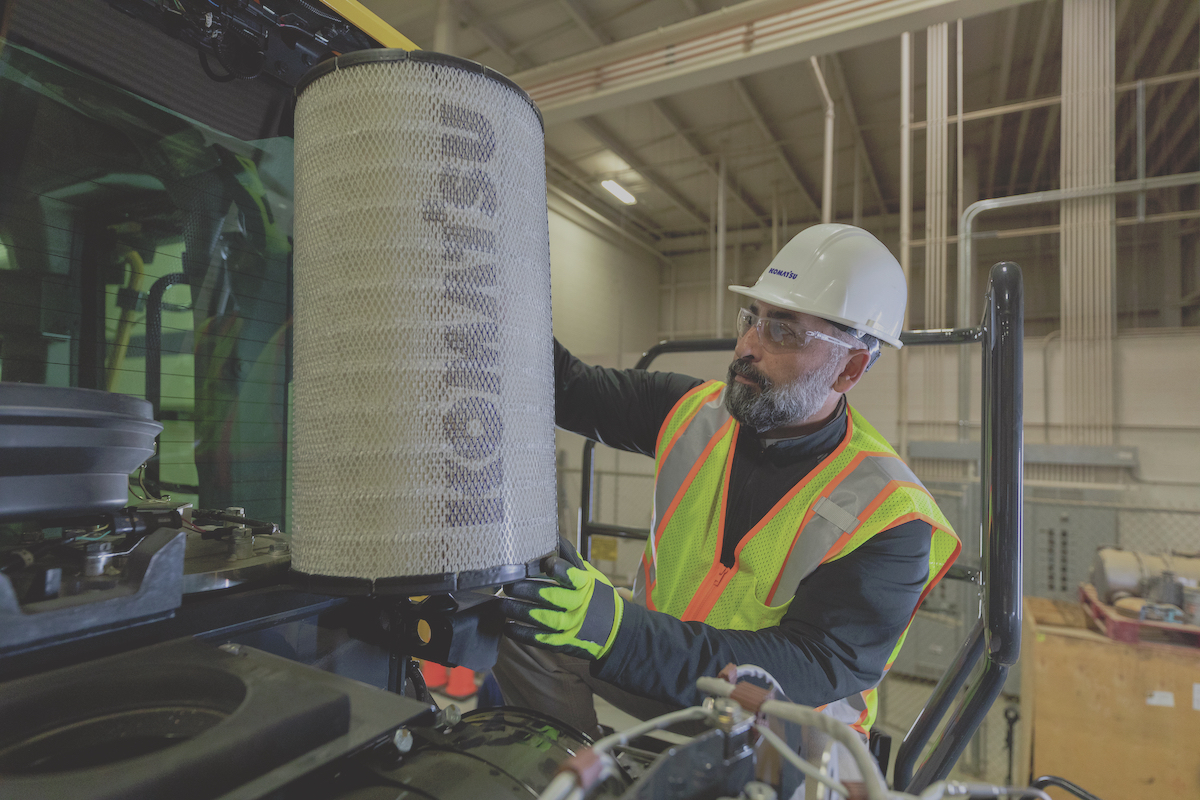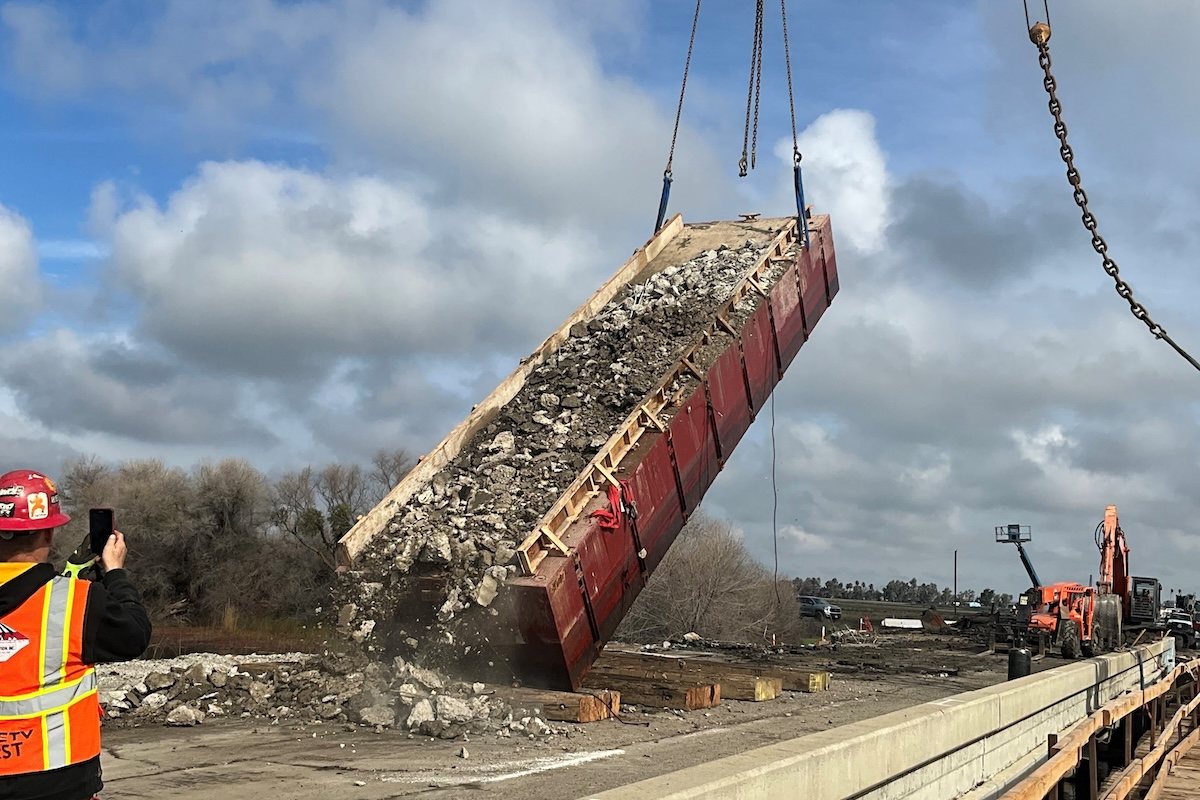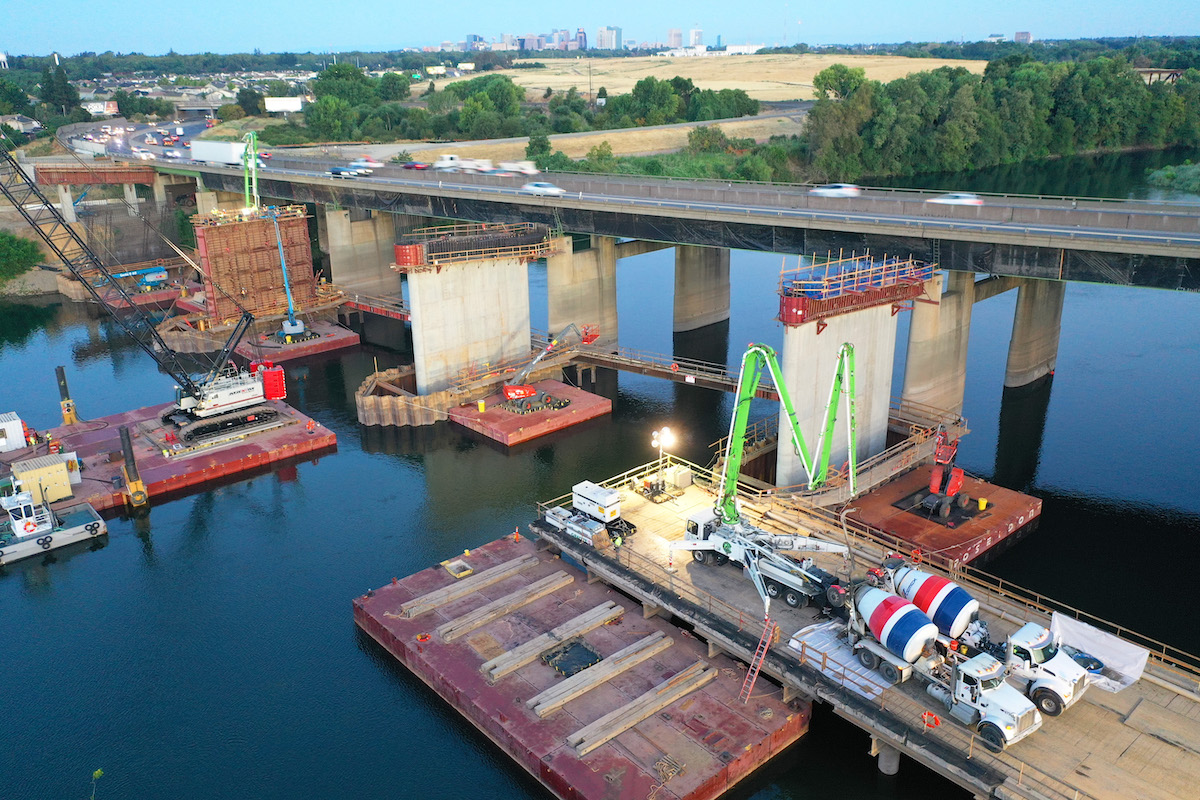The construction industry faces complex challenges that could reshape its future. The looming retirement of the baby boomer generation threatens to leave a gaping hole in the skilled trades, a void exacerbated by decades of underinvestment in trades education and a persistent stigma surrounding construction careers.
To complicate matters, as new technologies and methodologies emerge, traditional training methods — often characterized by rigid schedules and limited accessibility — just don’t fit into the fast pace of today’s construction projects.
But new training technology offers promise for attracting the next generation of construction workers and getting them ready to work quickly. In her interview with Associated Construction Publications, Carley Hill, President of CAHill TECH in New York, talked about how we got here and how the industry can move ahead with a stronger, safer workforce.
As experienced workers exit the industry, there’s a critical shortage of skilled tradespeople to fill their roles. The root of this problem lies in the longstanding undervaluation of trades careers, Hill contends.
“We’ve underinvested for several generations in training and careers in the trades,” she said. “We push people to college.”

| Your local Gomaco dealer |
|---|
| Terry Equipment |
In fact, according to a recent report from the Progressive Policy Institute, the Associated General Contractors of America, and Procore, only one-fifth of federal investments in postsecondary education support workforce development for fields like construction and manufacturing.
Of the $139.5 billion the federal government spends annually on postsecondary education, just $28.2 billion goes to workforce education and training programs, while the other $111.3 billion supports “traditional” degree programs that only 38 percent of Americans complete, the report said.
For decades, most young people haven’t been shown the value of a trades career. In fact, the retiring baby boomers are the last generation told that careers in construction are noble, Hill said.
“For everybody else after that, it was a second-class career,” she said. “We’ve been told, ‘If you can’t fit into a white-collar career, there’s always construction.’ That’s a horrible narrative and it creates a whole host of stigma.”

| Your local Trimble Construction Division dealer |
|---|
| SITECH West |
| SITECH Southwest |
Hill sees the solution as a marketing challenge. “We’ve had this spin we’ve allowed to dominate the narrative of what it means to work in a craft career, and we have to unwind that as a nation.”
That requires reframing and appealing to key motivators. Hill believes in tapping into a sense of purpose, reminding potential recruits that construction is not just a job; it’s about creating something tangible, something that will last for generations and serve as a testament to their skills and dedication.
“For folks in their 20s and even into their 30s, a lot of times the mission is more motivating than the money,” she said. “As an industry, we sell ourselves short all the time. When you encourage someone to go into construction, you get to build the backbone of your nation. You get to be that which all the members in your community depend on.”
Hill also stressed the need to convey the best parts of construction. “You capture the coolness of a power hammer driving pile,” she said. “You capture that moment of swinging a huge steel beam across a multi-lane highway when you’re stopping traffic in the dead of the night — those moments that no one would ever see if they weren’t out there.”

| Your local Gomaco dealer |
|---|
| Terry Equipment |
The industry’s mission will appeal most to individuals trying to find their place and be part of something bigger than themselves, Hill said — for instance, people who’ve only worked “survival jobs,” refugees and immigrants coming to this country to start a new life, or someone on probation post-incarceration.
Still, while purpose and pride are powerful motivators, Hill acknowledges the importance of highlighting monetary benefits. Construction offers a path to financial security with benefits like health and retirement, without the burden of student loans — a compelling argument for those seeking a stable and rewarding career.
Recruiting new people to the industry is the first part of solving the labor shortage and skills gap. Then how do you get them up to speed, especially when those with experience already retired?
With smartphones and tablets reshaping how we get information and communicate, Hill sees an opportunity to make workforce development — including safety and operational training — more accessible and efficient. By watching documentary-style, microlearning videos on their phones, the next generation of construction workers can learn in a way they’re already comfortable with.

| Your local Gomaco dealer |
|---|
| Terry Equipment |
Traditionally, most training for new employees is on the job. E-learning options like the aQuiRe app from CAHill TECH provide flexibility, with benefits for educators, trainees, and their employers.
For instance, heavy civil contractor Harrison & Burrowes Bridge Constructors, Inc., headquartered in Glenmont, New York, uses the aQuiRe app to provide employees with safety and skills training without disrupting workflows or putting their projects behind schedule.
“It’s not only helped change our safety culture for the better, but it’s given us a platform to close the generational gap and provide employees with the ability to learn at their own pace,” said Chris DiStefano, Harrison & Burrowes’ Chief Operating Officer.
The software platform also provides a well-documented training process the company can reference during an OSHA inspection or other safety issue.

| Your local Gomaco dealer |
|---|
| Terry Equipment |
In the education sector, community organizations, high schools, and trade schools can supplement their hands-on training with e-learning. For instance, Hill has seen great results when aQuiRe is integrated into existing classroom and field training, bridging the gap between traditional methods and modern learning needs to make students readily employable.
By creating a more inclusive and supportive environment, digital tools can pave the way for a new generation of skilled workers. Self-paced learning is especially beneficial for newcomers to the industry or adult learners balancing education with work and family commitments. The flexibility enables them to progress through the material as their schedules permit, making the learning process more manageable and less stressful.
Beyond basic training, mentors help prepare learners to thrive in the industry. Because of that, aQuiRe provides a mentor network within the app.
“Having access to mentors allows learners to connect with people actively working in construction from all walks of life,” Hill said. “Young girls graduating from vocational programs can find tradeswomen and business owners to help them stay motivated and inspired. Tradespeople from diverse demographic backgrounds can give personalized guidance and feedback, which is invaluable for a newcomer’s professional growth.”

| Your local Gomaco dealer |
|---|
| Terry Equipment |
Mentors provide long-term benefits, Hill said. “We don’t want to just get people into the industry; we want them to stay. If you have a resource and a construction network in your pocket that you can turn to even after you’re employed, you’re more likely to stay because you’ve got people in your corner.”
E-learning democratizes access to the skilled trades, allowing everyone with motivation and drive to be part of the industry, Hill said. That, in turn, provides a path for construction contractors to solve their labor woes.
Carley Hill is President of CaHill Resources, a construction services company in upstate New York, as well as CAHill TECH. For more information about the aQuiRe training platform, visit cahilltech.com.




















